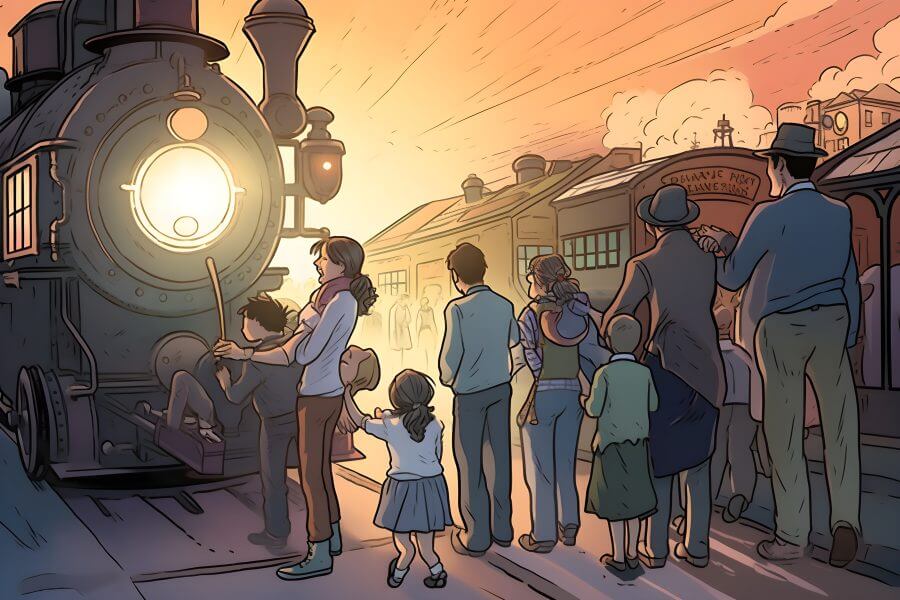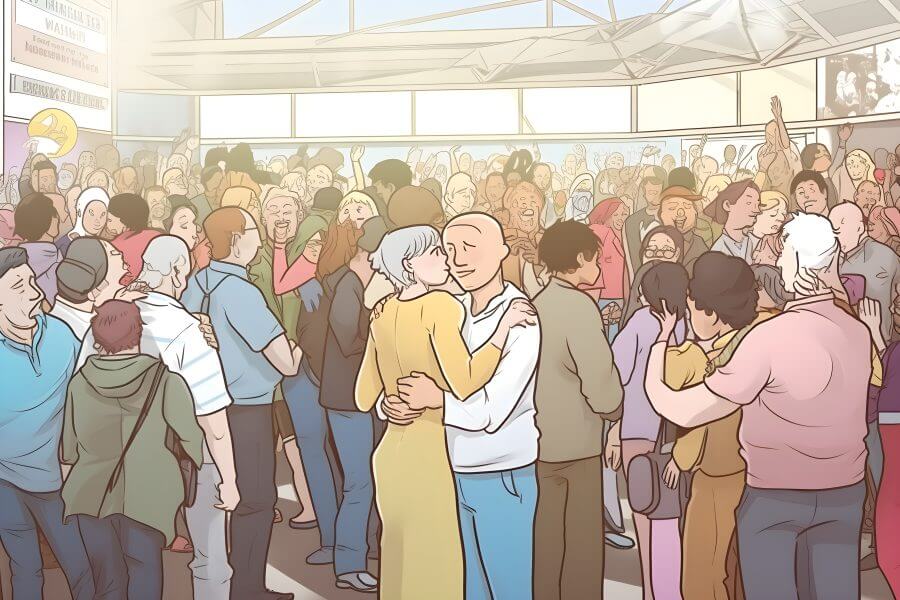The Cuban Family Reunification Program is a dream longed for by many Cubans separated from their loved ones due to various circumstances, including immigration and political differences. This innovative program offers hope and a structured process for these families to be reunited once again in the United States.
In this article, Jaskot Law will delve into the recent news and intricacies of the CFRP, shed light on how it works, who can benefit from it, and what steps need to be taken to make this dream a reality. Keep on reading!
Major Changes in CFRP
In recent weeks, new developments have been revealed for applicants to the Cuban Family Reunification Program (CFRP). A new instrument was implemented to expedite the reunification of Cubans with their loved ones in the United States.
In fact, as of August 11, 2023, a new Cuban Family Reunification Permit Process (HFRP) was introduced based on Form I-134A.
Increase of Quotas
One of the most outstanding news is the expansion of the quotas available for applicants to the Cuban Family Reunification Program. The Cuban government took steps to increase its application processing capacity.
This means that more families will be able to reunite in a shorter period of time. This is excellent news for those who are looking forward to reuniting with their loved ones. If you want to know more about this change, please contact Jaskot Law, and our team will help you.

Simplification of the Cuban Family Reunification Program Process
Another significant change is the simplification of the CFRP application process. The authorities eliminated certain bureaucratic requirements that used to be an obstacle for many applicants.
Now, the process will become more efficient and less complicated. This will facilitate the reunification of Cuban families who long for this long-awaited moment.
Step-by-step Application Process for the CFRP
It is important to remember what is involved in the application process for the Cuban Family Reunification Program. The steps include:
- Eligibility Check: Before starting the process, make sure you meet the eligibility requirements. This includes establishing the applicant’s relationship to the applicant in Cuba.
- Documentation: Prepare all necessary documents, such as birth certificates, passports, and proof of relationship. Make sure they are properly translated and legalized.
- Application: Complete the official CFRP application, and attach the required documents. Be sure to provide accurate and verifiable information.
- Consular Interview: Wait for the call for a consular interview. Be prepared to answer questions about your family relationship, and your reason for applying for CFRP.
- Evaluation and Approval: Once the interview is completed, your application will be evaluated. If all requirements are met, the application will be approved.
- Family Reunification: Once approved, reunification with your family member in Cuba will be coordinated. Be prepared to comply with travel and immigration requirements.
Although the process has been simplified, navigating it can still be complex and stressful for many people. You don’t need to face it on your own. At Jaskot Law, we can guide you.

New Eligibility Categories
The Cuban Family Reunification Program introduced new eligibility categories. This allows more people to qualify for the program than previously did not qualify.
This change includes more distant relatives, which broadens the possibilities for family reunification. In addition, it was implemented to address specific situations and provide further opportunities.
Cuban Family Reunification Program Eligibility Criteria
To be eligible for the CFRP, certain requirements must be met. Here is a brief reminder of them:
- Close Relative: The applicant must have a close relative in the United States who is a U.S. citizen or lawful permanent resident. This includes spouses, parents, and children.
- USCIS Approved Petition: The relative in the United States must file a petition with the USCIS, and this petition must be approved.
- Embassy Appointment: Once the petition is approved, the Cuban applicant will receive an appointment at the U.S. Embassy in Havana.
- Medical Examination and Criminal Record: The applicant must undergo a medical examination, and provide a criminal record certification.
- Interview: The applicant must attend an interview at the U.S. Embassy.
- Approval and Travel: if the application is approved, the applicant will receive authorization to travel to the United States.
Not sure if you meet the eligibility requirements for CFRP? Do not worry, contact us, and we will not hesitate to advise you and guide you to obtain a successful case.
Conclusion
The recent news about the Cuban Family Reunification Program (CFRP) is cause for celebration for those who wish to be reunited with loved ones in Cuba. Changes in quotas, simplification of the process, and new eligibility categories make the CFRP more accessible than ever.
If you are a CFRP applicant, follow these steps diligently and prepare to experience the joy of family reunification. And if you need advice, our team of experienced immigration law attorneys at Jaskot Law will help you. Do not hesitate to contact us!
Sources
Cuban Family Reunification Permit Program (CFRP)
Frequently Asked Questions
How long does the application process for the Cuban Family Reunification Program take?
Processing time may vary, but generally takes several months from filing to final approval.
What are the costs associated with CFRP?
While some of the medical and background procedures may have costs, most CFRP fees are borne by the U.S. government.
What happens if the CFRP request is rejected?
If the request is denied, specific reasons will be provided. In some cases, it is possible to appeal the decision.
What rights do CFRP beneficiaries have once they arrive in the United States?
Once in the United States, CFRP beneficiaries are entitled to work and live permanently in the country.
Kemel stands out as a professional in writing and translating content for the Latin American market. With more than four years of experience, he began his professional career as a member of a research group, with which they dealt with various topics and wrote several scientific papers.


